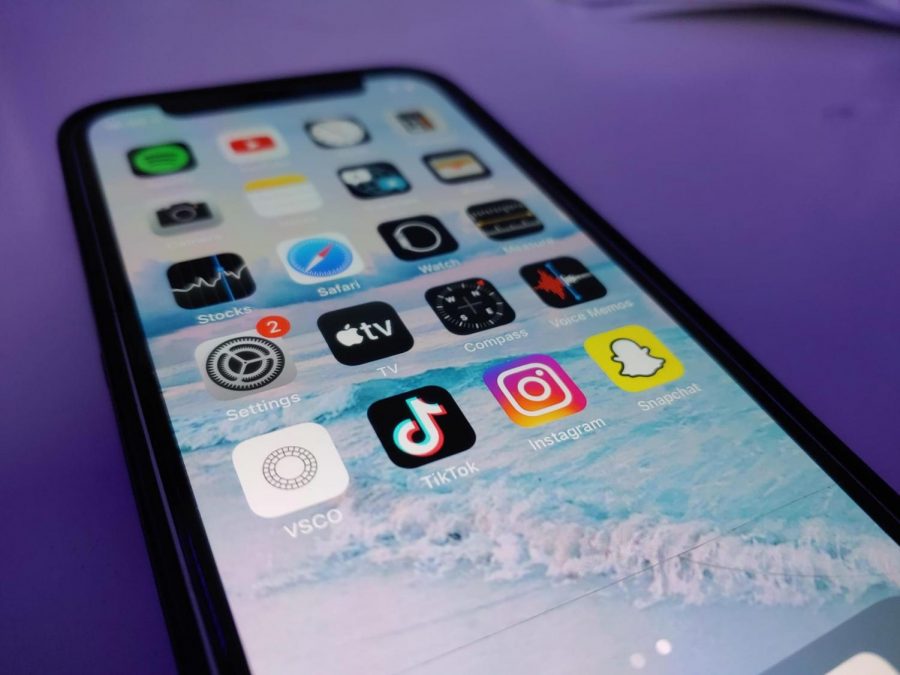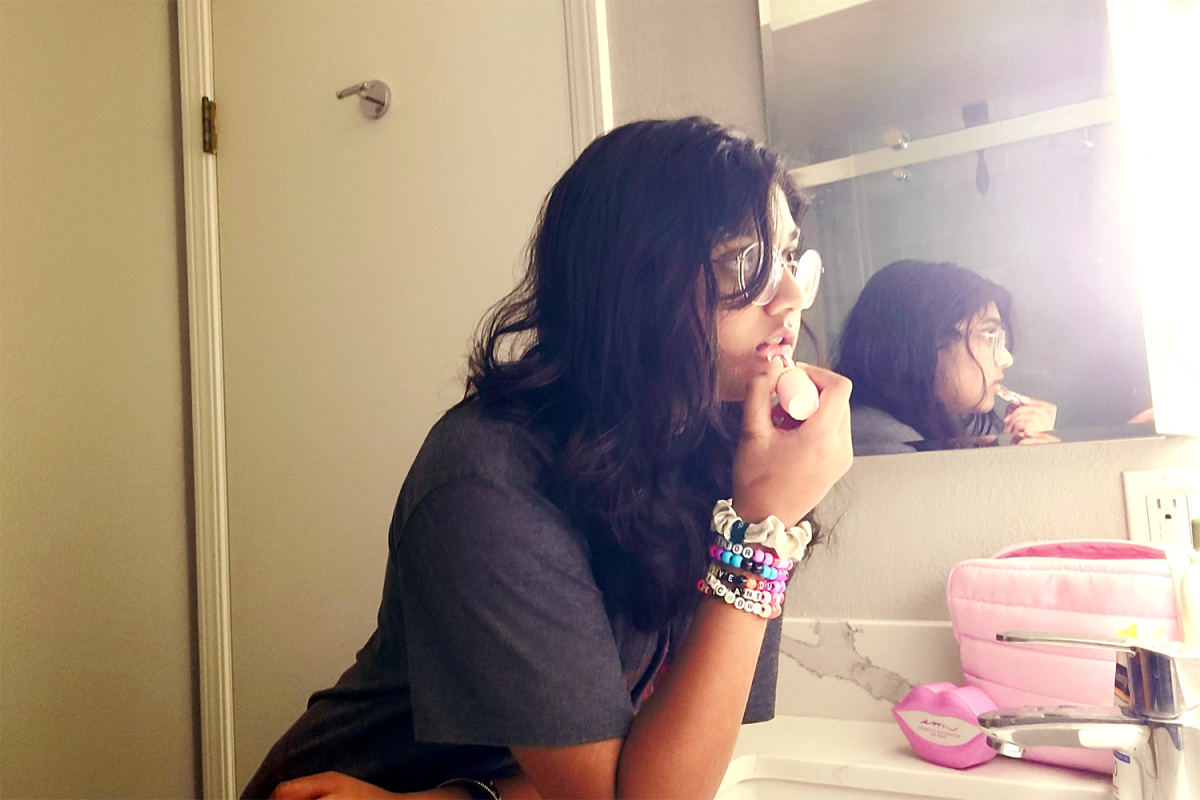I think everybody would agree that in a world run by social media, society has inadvertently created unrealistic beauty standards for girls.
Seeing curated photos of already beautiful girls while scrolling through Instagram on a daily basis can cause immense psychological damage and lead to the development of insecurities, and in some cases even eating disorders. But in this day and age, most people seem to know that. The harmful effects of social media on girls’ body image have become a serious topic and are finally being acknowledged by society. That’s great, right?
Let’s talk about the boys. Unrealistic beauty standards for boys exist too; people just don’t talk about it as much.
Social media promotes the idea of the perfect person, regardless of gender. In the boys’ case, “perfection” is defined by a never-ending list of requirements: being at least six feet tall, muscles, abs, jawline, and more.
This concept of “the perfect boy” is promoted all over apps such as Tik Tok and Instagram, in a way that I would argue is much more blatant for males than it is for females.
I have seen numerous posts on these apps of girls posting videos saying things like “Sorry boys, I only accept you if you’re six feet tall with a six-pack.”
Now, that’s not to say that I haven’t seen several posts on these platforms with boys saying very explicit things about what they expect in a girl. I absolutely have, and it is a very real problem. The difference is in the reactions these two posts get. In the girl’s post about the physical traits she expects in a guy, the comments are mostly supportive and egging her on. But in the boy’s post about what he expects in a girl, the comments are all bashing him and calling him a horrible person.
Why isn’t this discrepancy talked about more?
I have two responses to this question; first, girls seem to have higher rates of negative body image overall. According to a research paper by Frontiers in Psychology, “relatively high prevalence rates of body weight dissatisfaction have been reported cross-culturally among adolescent girls [Mean = 48%, Range (26–62%)] and boys [Mean = 31%, Range (15–44%)] in 26 countries.” Although the girls’ percentage is greater, the boys’ percentage is still high enough for it to deserve more attention from the media.
My second answer to the previous question is because boys tend to be less vocal about their body image, as they don’t want to come across as “sensitive.” According to another study conducted in 2018, there is “a correlation between time spent on social media, negative body image, and disordered eating. This was especially true if participants were scrolling through appearance-related content, like the account of a fitness instructor or model on Instagram.”
However, the footnotes of the study state that this study was not gender-inclusive: “Very few boys participated in the study… difficulty in recruiting male participants has been noted in the research in this area, and it may be indicative of male stigma around body image and a reluctance among adolescents to discuss it as a topic.”
They additionally state that “far less is known about adolescent boys’ experiences of social media and body image vs. girls, despite the finding that body dissatisfaction is a prevalent and problematic issue among boys and one that is influenced by social media use.”
Ultimately, social media has created a toxic culture of beauty standards for girls and boys alike. But although people are well aware of its impact on the body image of girls, nobody talks about its effect on boys.
It’s time for that to change.























